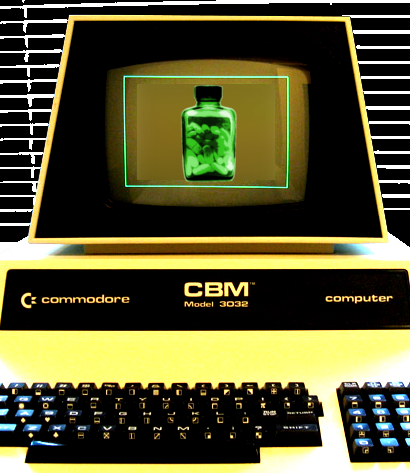Programming proves itself in cell study
 Researchers have reported success in a new combination of computer analysis and microscopy.
Researchers have reported success in a new combination of computer analysis and microscopy.
Australian experts have helped extract highly detailed cellular information to distinguish between healthy and diseased cells, in areas as diverse as cancer, injury and inflammation.
The new approach has seen subtle biochemical signatures of cells captured and categorised to an extent never seen before.
“Key to our approach has been the development of a highly bespoke piece of software and building on twenty-first century computing capability. It has allowed us to quantitatively characterise the cell populations being viewed under the microscope, and to then identify colours and patterns related to specific conditions,” co-author on the journal paper, Ewa Goldys, Deputy Director of the Centre for Nanoscale BioPhotonics (CNBP).
“We’ve already been able to successfully detect genetic mutations in cancer cells and bio-markers related to diabetes, as well as to non-invasively distinguish stem cells from other cells in the body.”
“We analysed individual cells and the many thousands of parameters that can be recorded for that particular cell. From this, and after extensive testing, we were able to determine which cellular features were indicative of a particular condition.
“We were able to differentiate between cell classes – that is, we were to be able to determine good cells from bad, healthy from unhealthy and higher functioning cells versus lesser functioning cells.”
Dr Martin Gosnell, a CNBP research affiliate, says the label-free and non-invasive aspects of the technique to also be of a major benefit.
“In this work we show for the first time, how to extract rich, biologically relevant and quantitative information from selected cells using relatively standard microscopy imaging,” he said.
“Unlike other methods of cellular analysis, there is no need to add potentially damaging chemicals to bind and label the cells being examined. We simply use the power of light as well as the power of technology to give us unprecedented levels of information. In this research, the innovation is a clear result of our high-powered data analysis. The applications are vast and Quantitative is actively engaged in multiple areas in order to translate the technology.”
“The use of big data in biology is a rapidly evolving field with a great potential to impact positively on many lives,” Professor Goldys concluded.
“Our methods will be able to form the framework for future diagnostic tools that will help aid understanding of disease, drug response and therapeutics.
“It’s an exciting time to be a researcher. Big data is having a big biological impact!”








 Print
Print